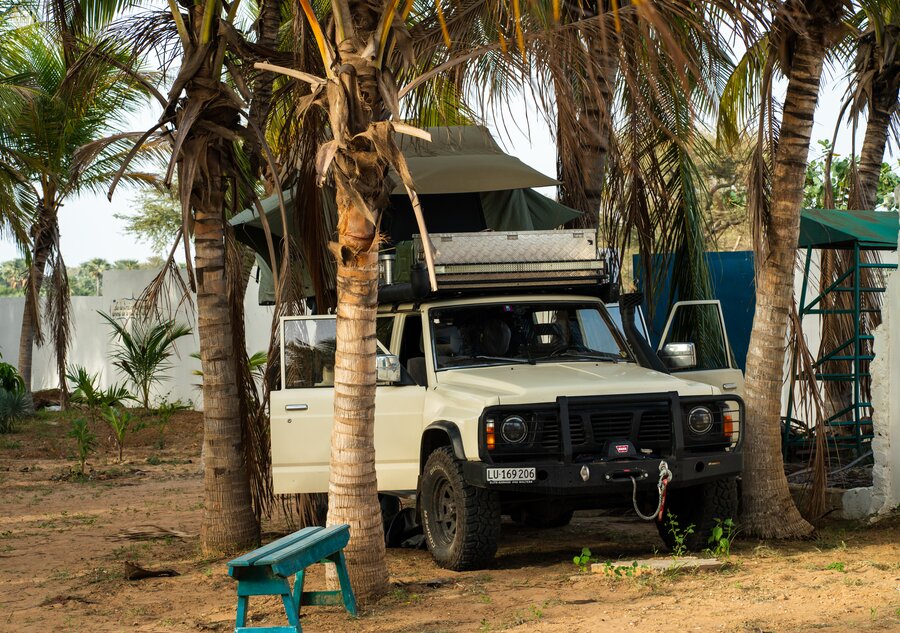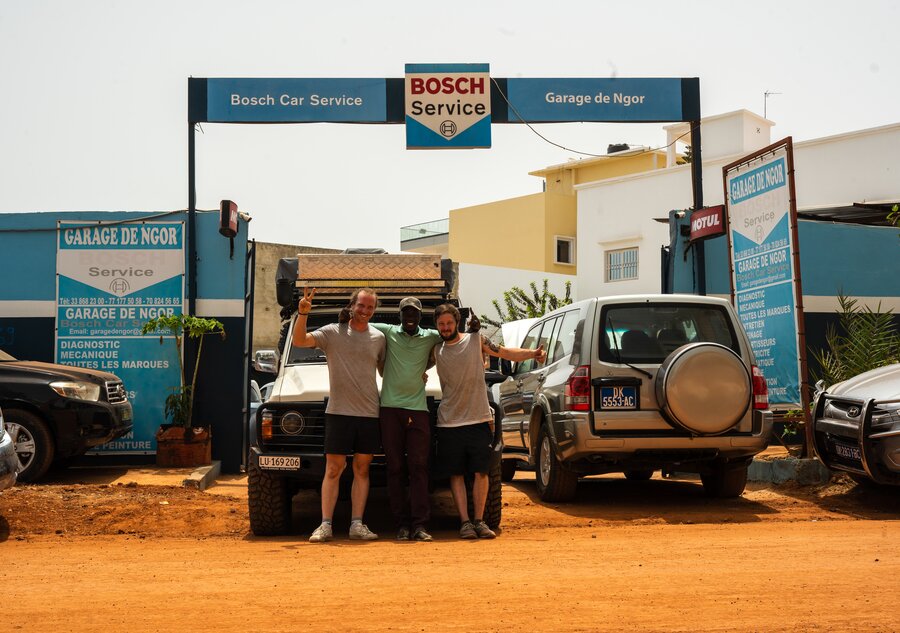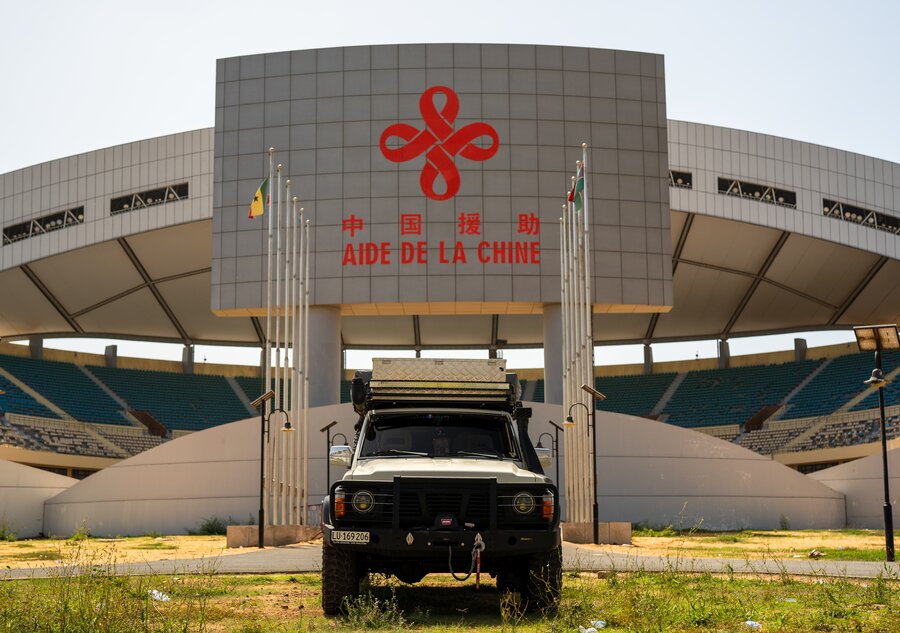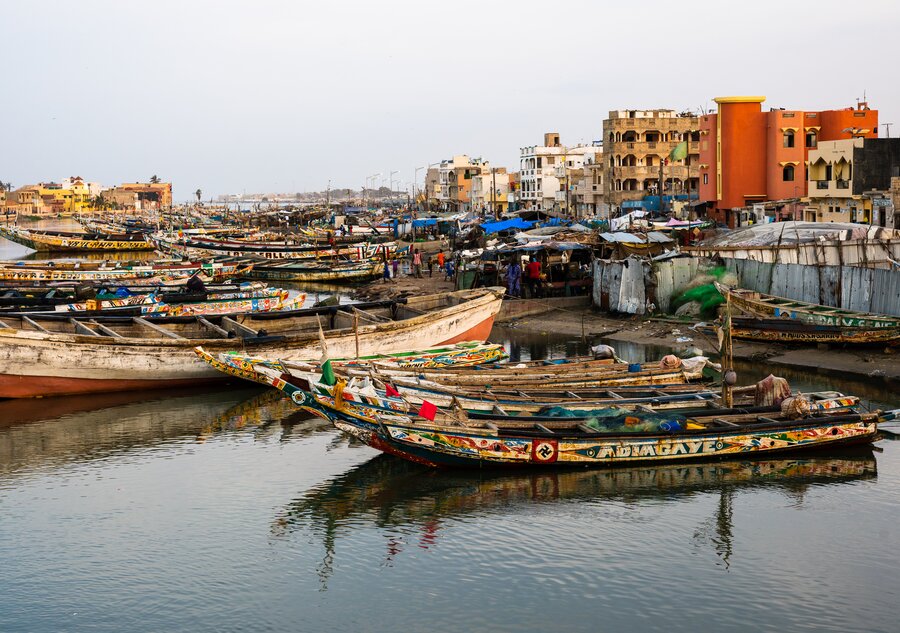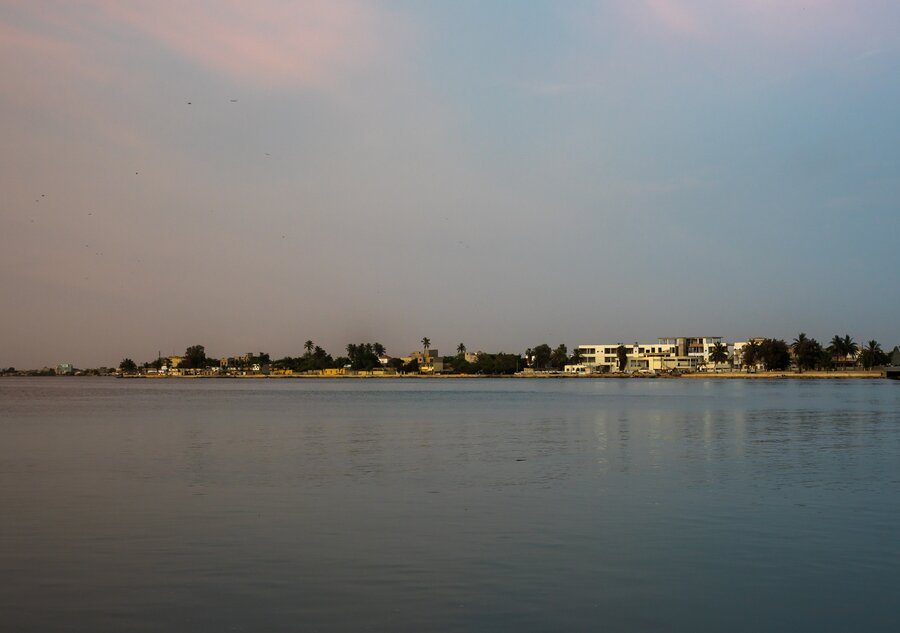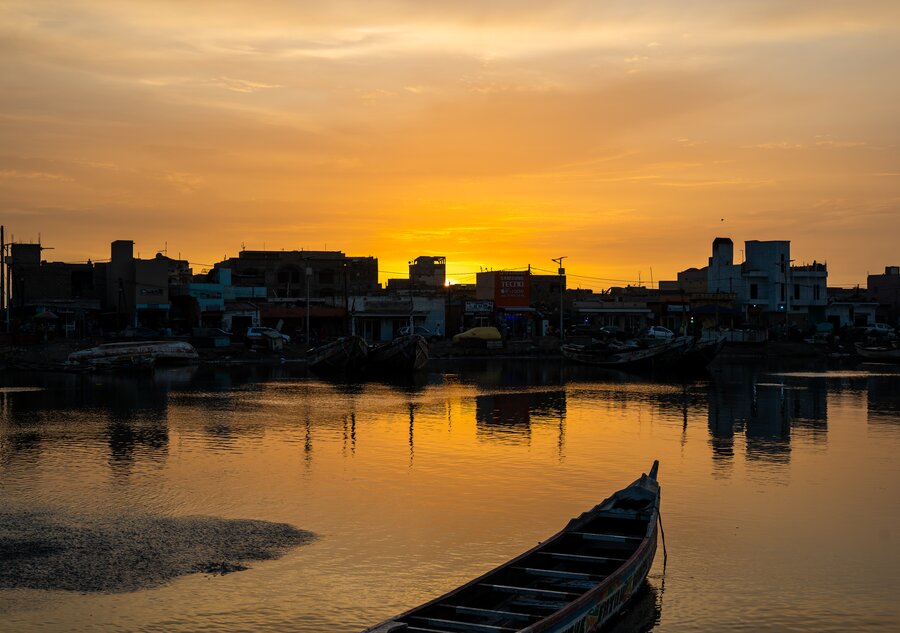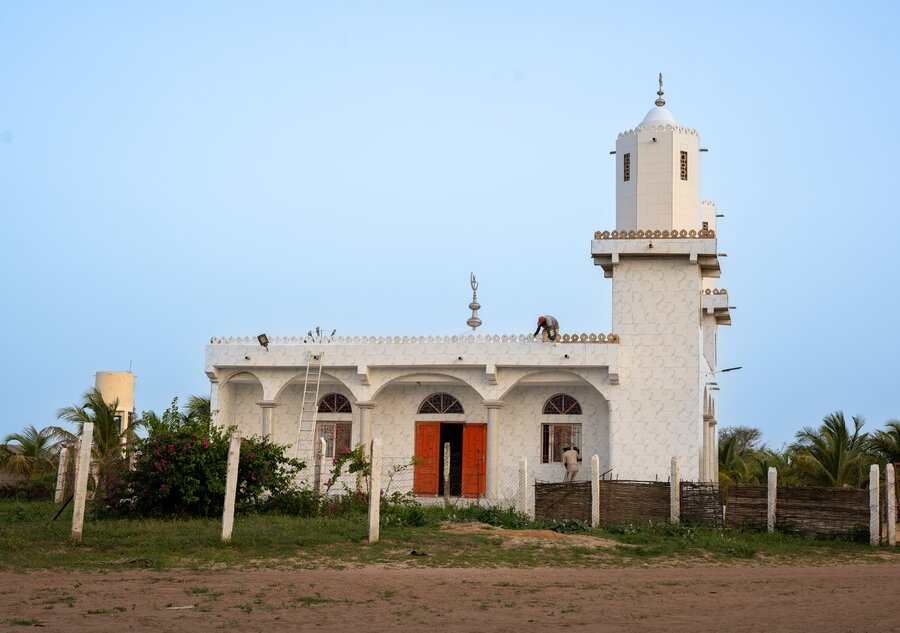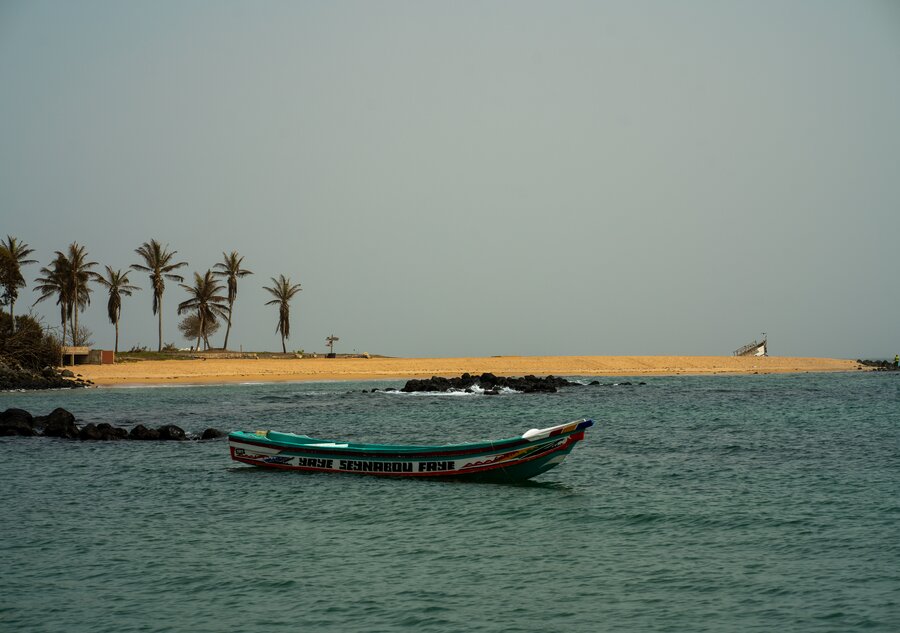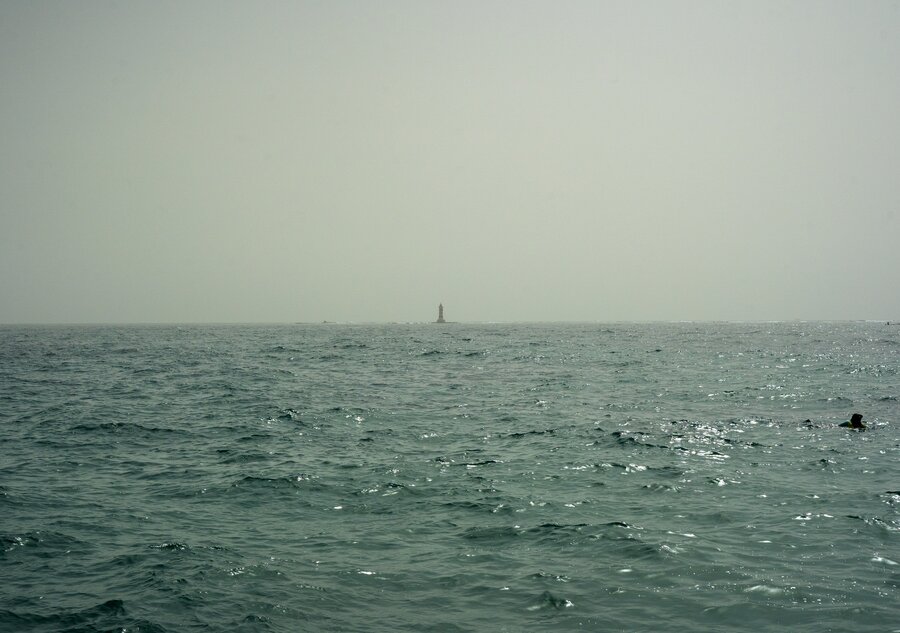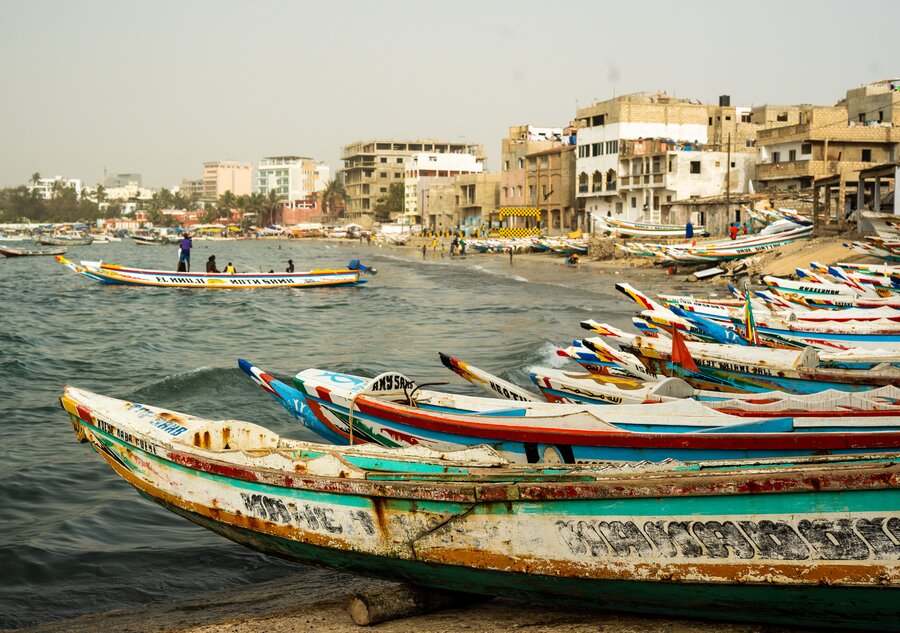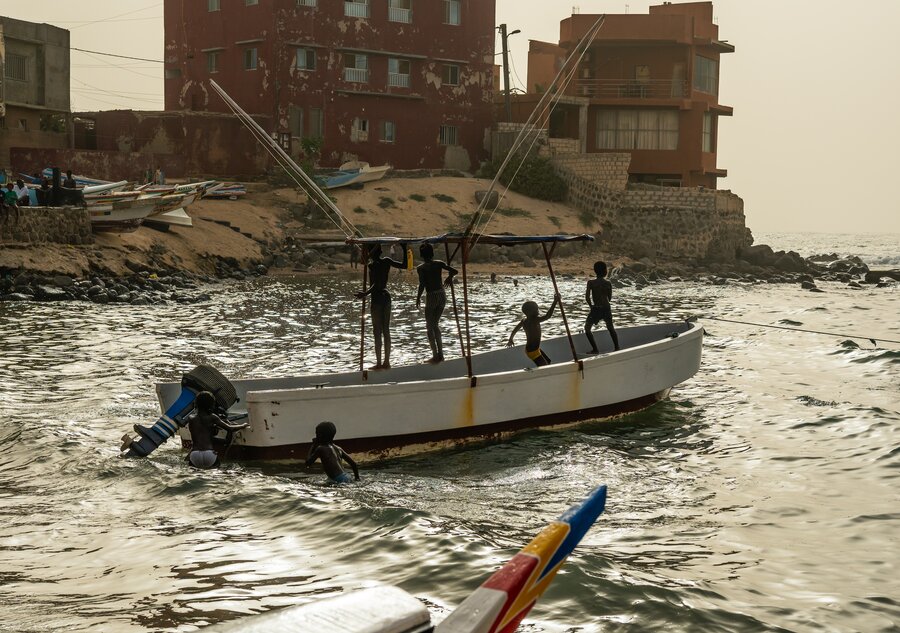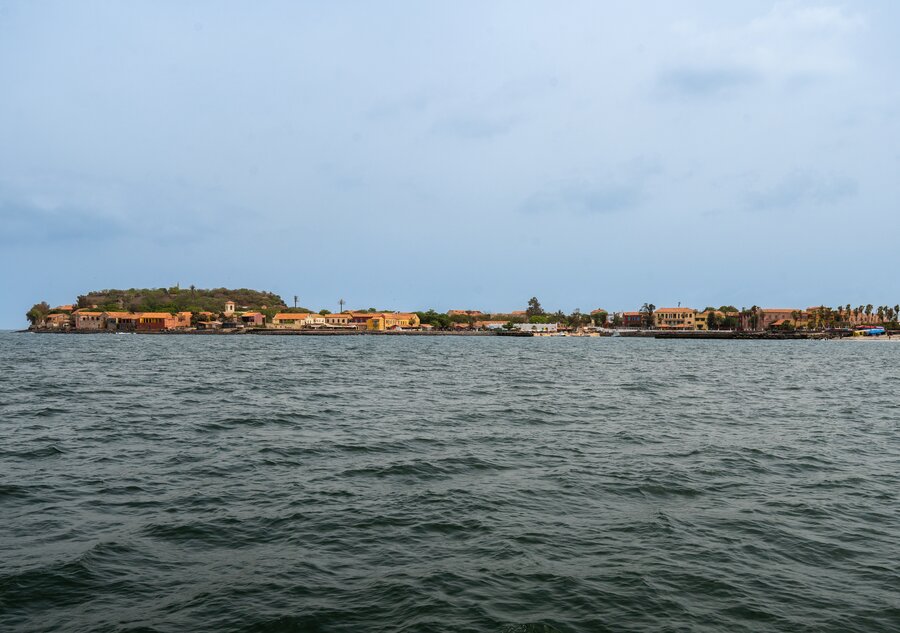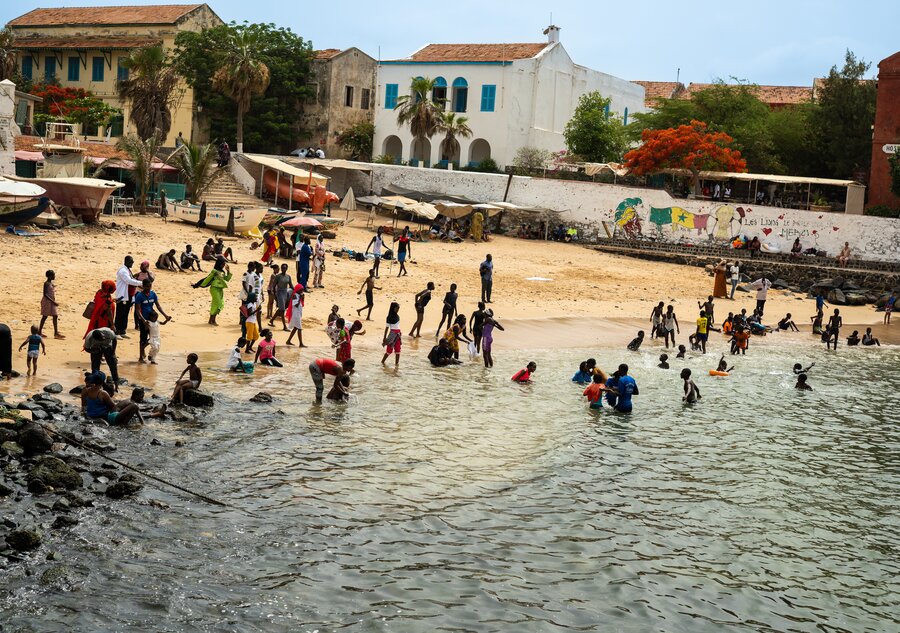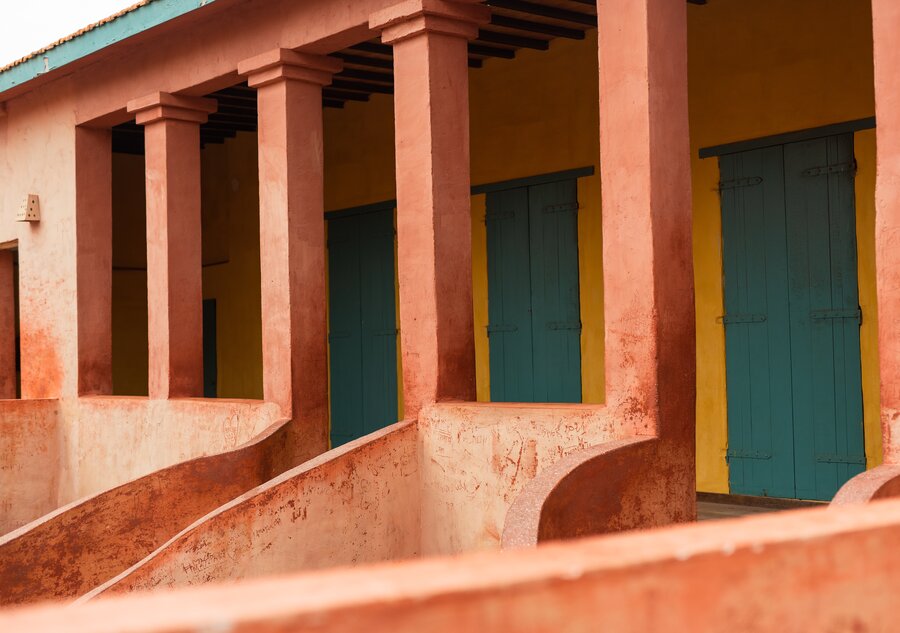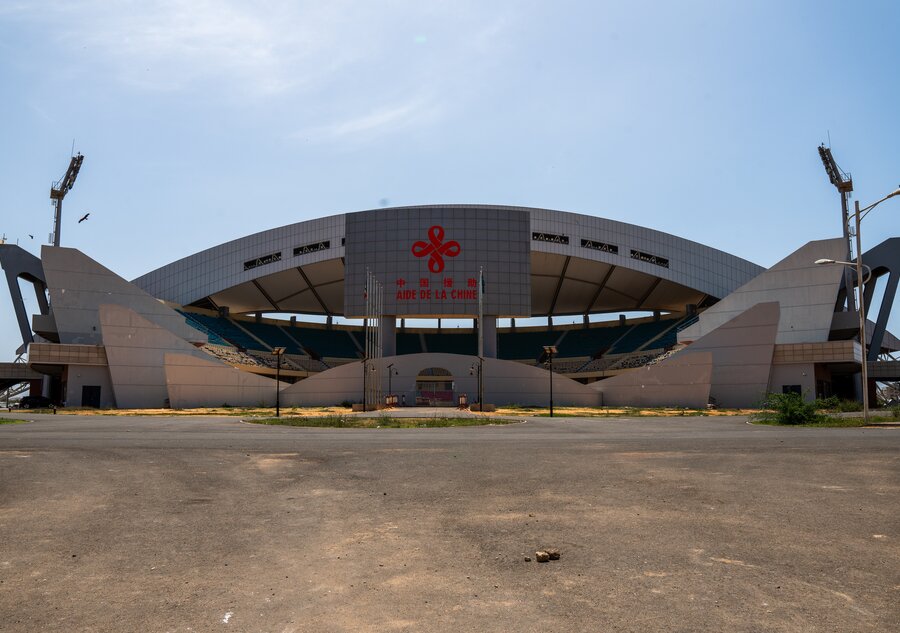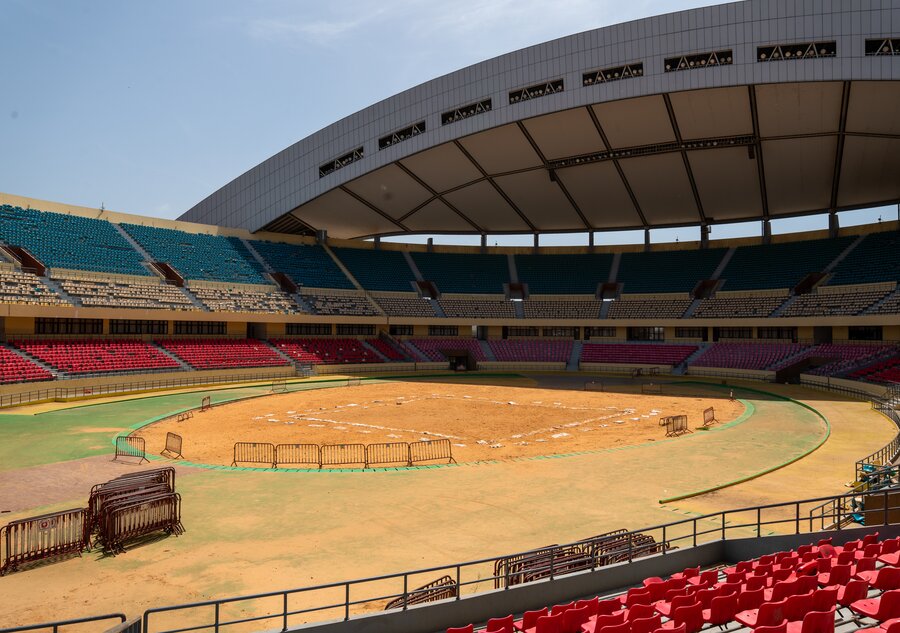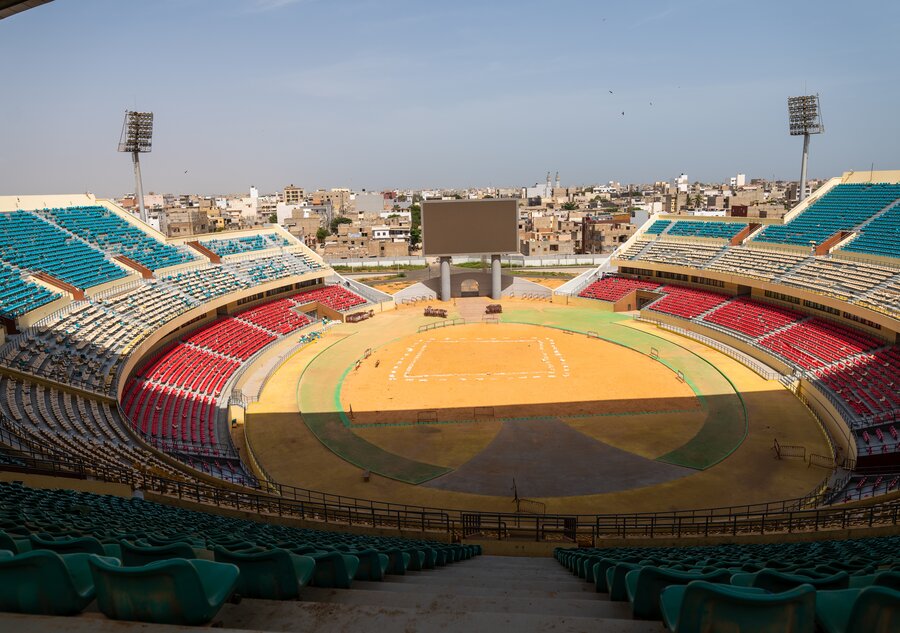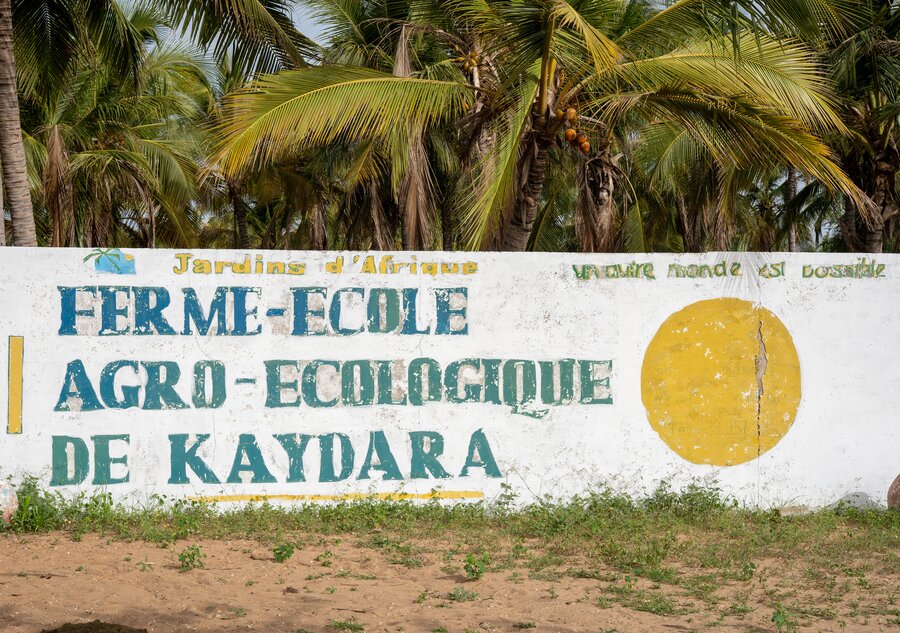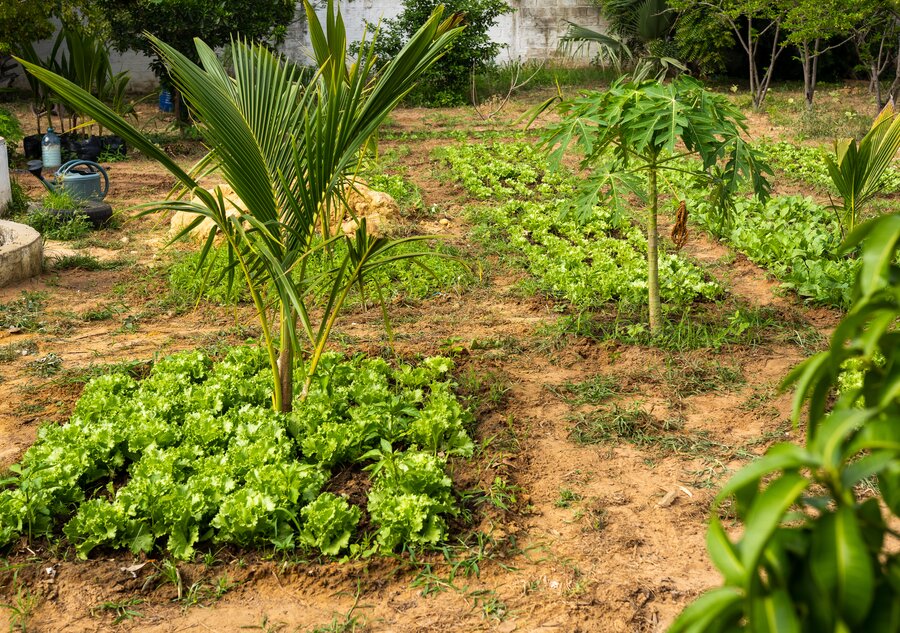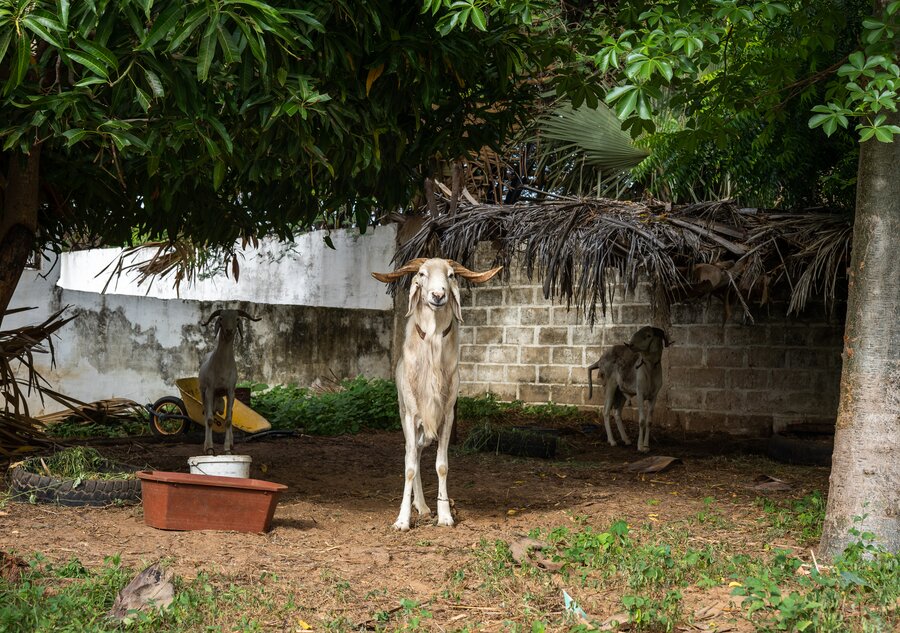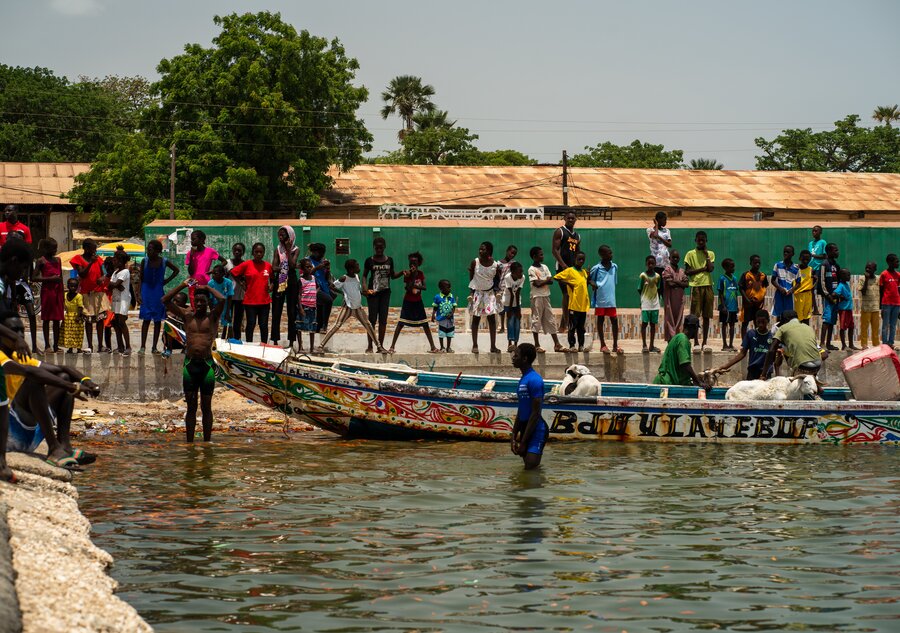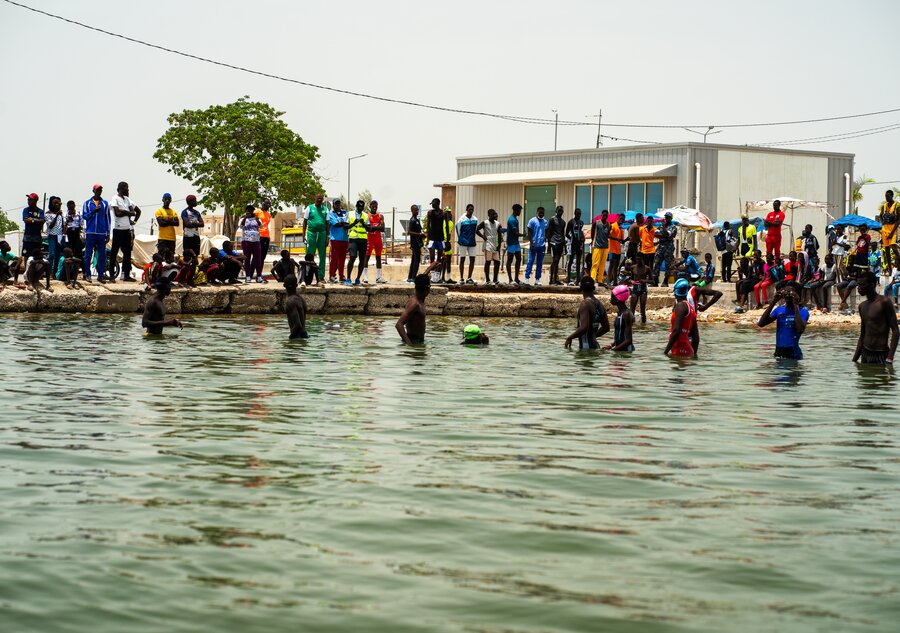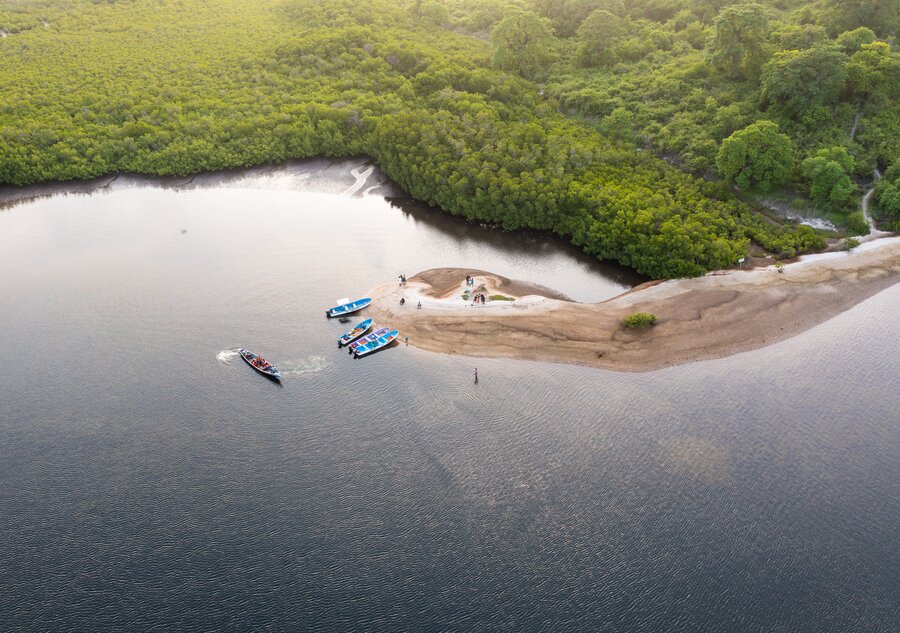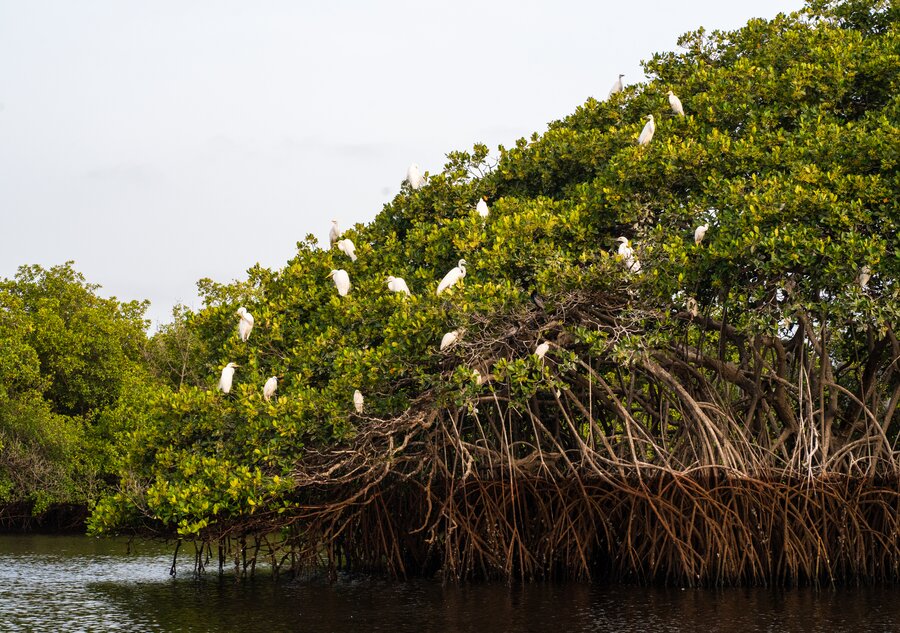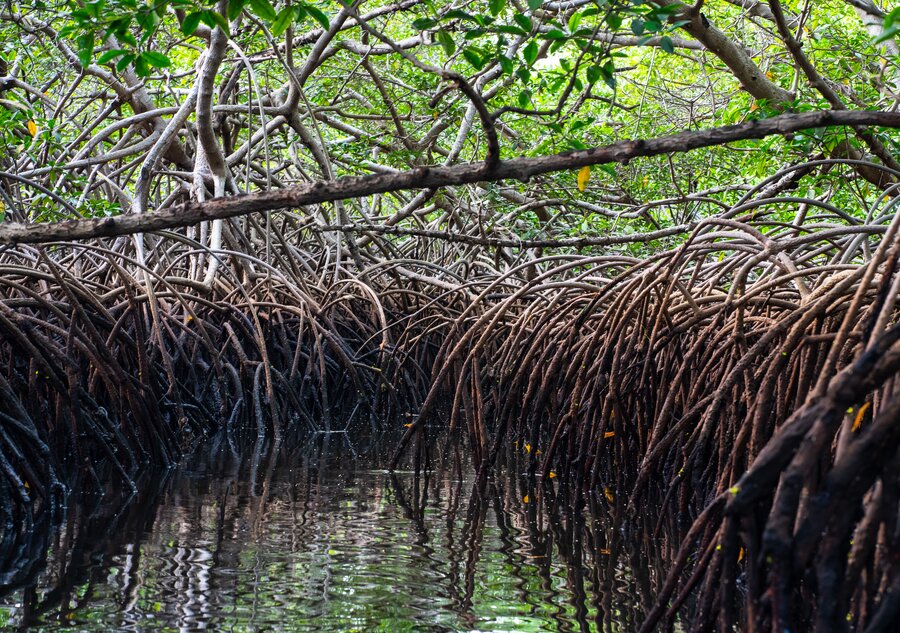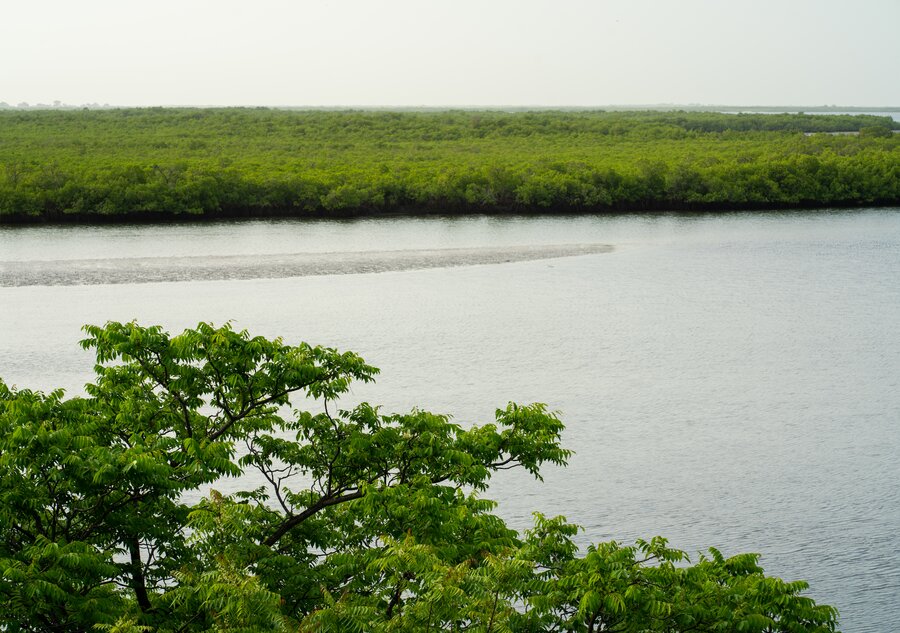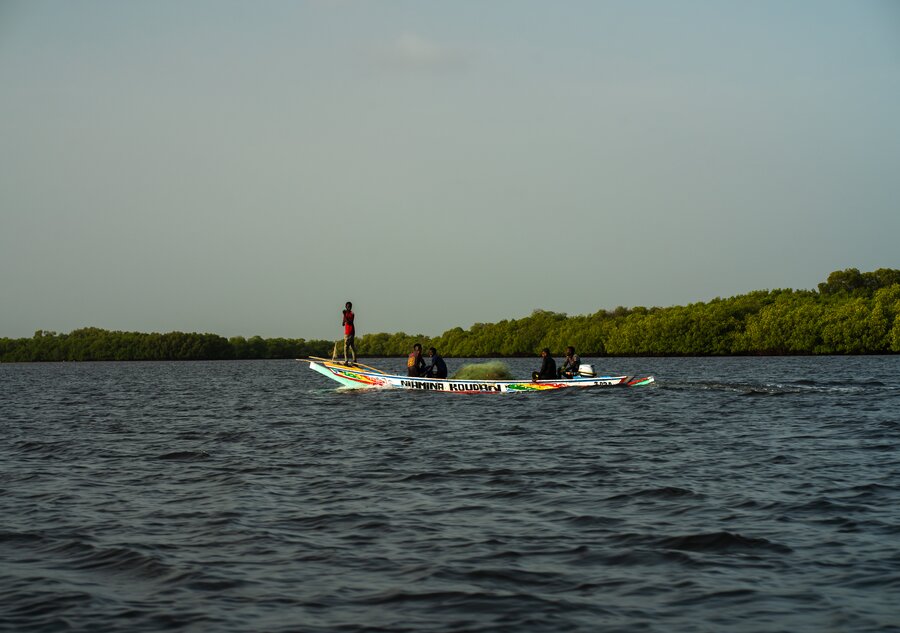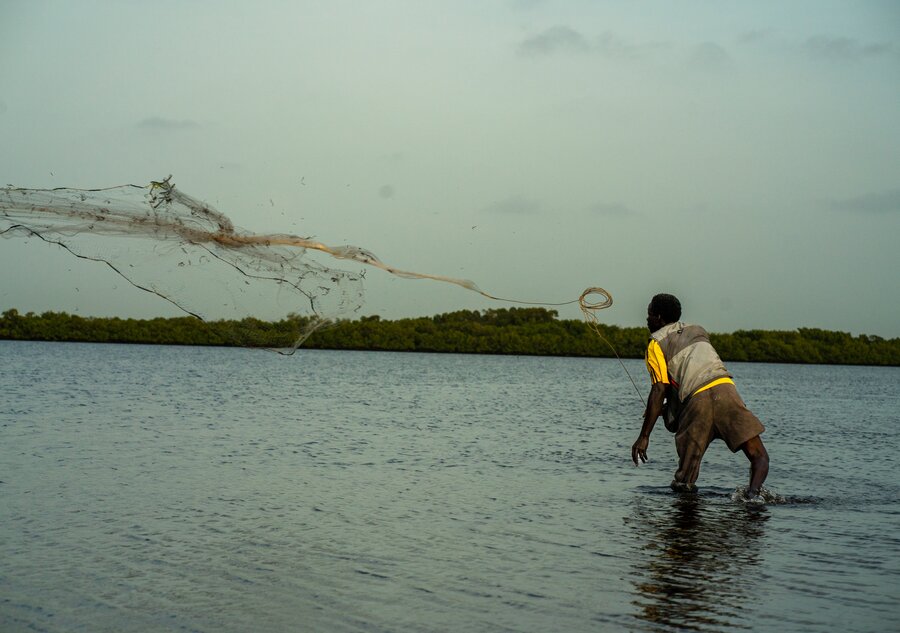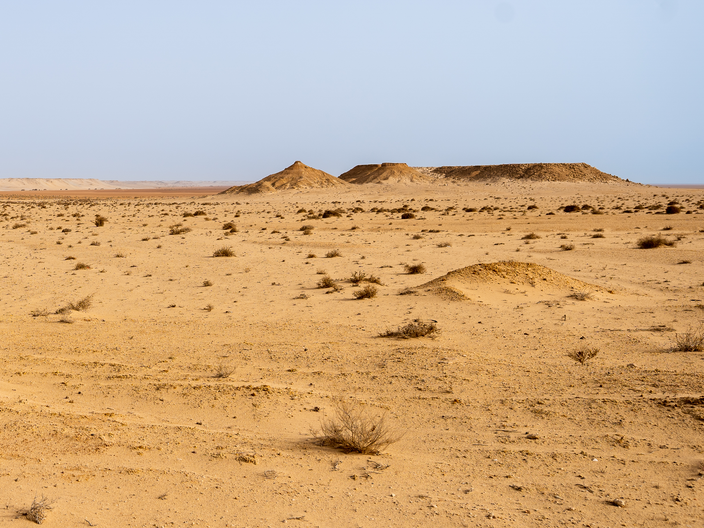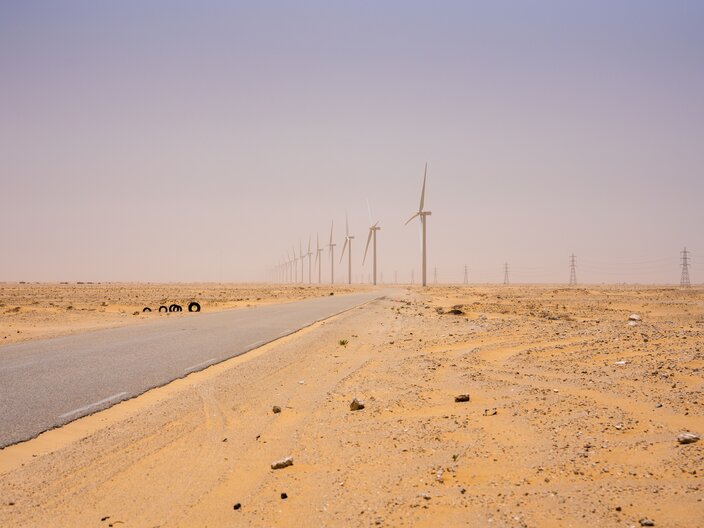Saint-Louis is a coastal town in the north of Senegal. It is characterised by the two islands it sits on and it quickly became obvious how different these islands were. While the first one was developed with space and colourful European-style houses, the second was much more densely populated, busier and less ostentatious. It is thought to be the first settlement of the French colonialists in Africa and played a major role in the shipping of slaves overseas. Even today, social differences between the two islands can be seen, although the city's heyday dates back some time.
Senegal
Before we set off on our adventure, we had prepared a list of “must-sees/must-experiences” in each country on our route through Africa. These included places, sites, people, and the like. For Senegal, this list was particularly extensive and therefore we knew we would spend considerable time in this country.
Our first observation upon reaching Senegal was that we had actually survived the thousands of kilometers through the Sahara without damage. Both men and vehicle were in the best of health and visibly proud of what we had achieved thus far.
After our first port of call, Saint-Louis, we drove on to Dakar, where we experienced first-hand life in a large African city. It was an ideal location from which to access and enjoy the culture and history of the country. From the logistical point of view, apart from obtaining visas for our onward journey, another important item on our to-do list was to give Dötnius a minor check-up and find out what damage, if any, the desert crossing had made to our mobile home.
As we travelled south, we repeatedly made small stops for various reasons. This helped us to draw an even more holistic picture of this emerging African country.
Colonial City of Saint-Louis
Rural Senegal
On our journey south through Senegal, the most noticeable feature in the landscape was the proliferation of green bushes and trees, in contrast to neighbouring Mauritania. The savannah provides a habitat for a wide variety of animals. Herds of cows are everywhere, often accompanied by a herdsman.
The Islamic character of the country becomes clear through the many mosques in the country. In every village, no matter how small, there is an existing mosque, or one is under construction.
The capital Dakar
Dakar is the capital of Senegal and is a kind of peninsula which juts out into the Atlantic Ocean. This special location creates crowded streets and heavy traffic: a daily nerve-racking hustle and bustle. This peninsula is also the westernmost point of Africa, which, naturally we had to visit on our trip around the continent.
The imposing "Monument de la Renaissance africaine" is one of the city's landmarks. During an early morning visit, we were impressed by its size and experience the energy of Africa's rebirth. It will be exciting for us to see how African countries are tackling their renaissance a few decades after colonial independence.
The district of N'Gor, at the tip of the peninsula of Dakar, is fascinating and provides an exciting insight into the city as well as the country of Senegal. N'Gor forms its own community with its own cultural customs. What was striking was the rather unusual cleanliness of the district, the openness of the people and the complete absence of beggars. Children played in the water, fishermen emptied their boats and animals moved freely in the alleys of the district. For us, this was one of the first moments in which we were able to immerse ourselves in the real Africa.
Gorée - The Island of Slaves
Not far from the coast is the island of Gorée. It can be reached by ferry from the port of Dakar in less than half an hour. The island became famous for its role in the transatlantic slave trade. Slaves from the interior were brought to the island before being loaded onto ships and transported across the ocean. Visiting the island is part of the curriculum of Senegalese schools, which was evidenced by the abundance of children wearing branded T-shirts - each school had its own T-shirt, bearing the date and destination of the trip; no doubt a memento for the children.
To this day, there is still a single memorial house commemorating the atrocities of days gone by. It serves as an example of the kind of buildings that were once found by the thousands all along the west coast of Africa. This glimpse into a dark period of human history touched us deeply and will certainly remain in our memories.
National Stadium "lutte sénégalaise" in Dakar
Lutte sénégalaise is a national sport par excellence and a sport that is unique to Senegal - as the name suggests. It is a kind of wrestling and as Swiss we are not unfamiliar with calling our own kind of wrestling our national sport.
We visited the imposing national stadium, which seats up to 20,000 spectators and is truly reminiscent of gladiatorial contests in Roman times. Only the strongest and most skilled men in Senegal manage to fight in this arena Sunday after Sunday. They are true pop stars in the country and are accorded fame and honour by the entire population.
The financing of the national stadium casts a bit of a shadow on this cultural icon. Paid for by the Chinese, as a gift in return for some other agreements that are not publicly known, the stadium already has some shortcomings. Since there are no or hardly any funds available for the maintenance of such a stadium, these will probably fail to be remedied any time soon. Thus, the decay of the stadium is already obvious a few years after its opening and will probably continue to do so quite rapidly.
Permaculture as a solution to global climate change
During our visit to the "Ferme-École Agro-Écologique de Kaydara" we learned about a possible modern form of agriculture in Senegal. The country is struggling with the impact of climate change, along with the agricultural consequences of the colonial era. Arable farming is becoming more difficult due to the scarcity of water and the soil drying out and silting up as the naturally present nutrients have been depleted by extensive farming during the colonial era.
In Kaydara, young farmers from all over Senegal learn how to cultivate their fields more sustainably by implementing permaculture practices and how to durably increase their yields - without resorting to chemical substances. The objective is to achieve a perfect harmony between plants, animals and people in order to create a healthy livelihood for all.
www.jardins-afrique.org
Sports reporter on site
On our way south and by pure luck, we drove right into the middle of a triathlon. We were stopped by the organisers and initially enjoyed the event as spectators. Then as we started taking photos, we were soon asked if we woud like to board an official boat for the next start of the swim. Within minutes we were transformed into sports reporters and made our very own contribution to the success of the competition.
We provided the organisers with the material we produced that day, who in turn distributed it to all the participating athletes. They were delighted as beyond their personal sporting achievement and a great event, they had many photo and video memories.
Saloum Delta - UNESCO World Heritage Site
Our last stage in Senegal took us to the Saloum Delta. A unique landscape with exceptional flora and fauna. For us, it was yet another enduring view of nature that we cannot find at home.
We enjoyed a boat trip through the undergrowth of the mangrove islands, marveling at the vegetation, touching thousand-year-old trees which are said to bring strength and luck in life, observed birds during their evening rituals and recorded the beauty of the region from our drone. If you love untouched landscapes, this is definitely the place for you!


